As with the rest of Australia, World War I left a heavy mark on the suburbs of Boroondara.
Hundreds of local men went to war, leaving behind a community dedicated to supporting them on the home front through fundraising and clothing drives.
Their war service is commemorated in memorials throughout the Boroondara suburbs, designed and made by notable architects and craftsmen in a variety of styles, materials and sizes.
These memorials gave the community an important way to show their grief and mark the loss of their loved ones, and embed their stories into the physical landscape of Boroondara.
Some of our memorials are featured below with links to their location if you'd like to visit them for yourself. We have also provided recommended reading available through our libraries so you can learn more about our war memorials.
Surrey Gardens Cross
A stone cross and war memorial shrine were erected on the eastern slope of Surrey Gardens to permanently remember the men of Surrey Hills and Mont Albert who went to war. They were opened on 7 April 1918 even as men were still fighting in World War I.
Source: Gallipoli and Beyond 2015 event Bus Tour: touchstones to WWI (Sue Barnett)
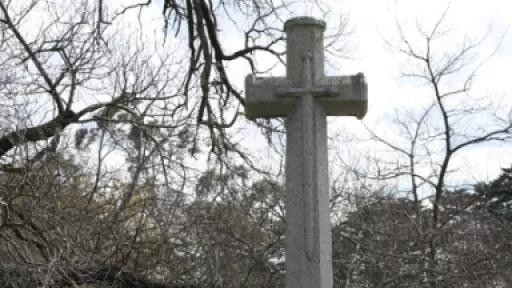
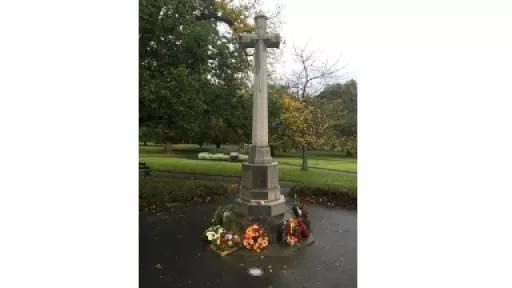
Surrey Gardens Shrine
Also in Surrey Gardens, this bungalow style shrine was designed by John Stevens Gawler and contains an honour roll carved by Surrey Hills resident J. K. Blogg. Carved from Indian teak and Australian white mahogany the honour roll is adorned with gum leaves, wattle blossoms and a boomerang to represent those who did and did not return. Both Gawler and Blogg donated their services for this project.
New panels recording extra names researched by local resident Sandra Dexter,were added for the shrine’s 100th anniversary restoration in 2018.
Source: Gallipoli and Beyond 2015 event Bus Tour: touchstones to WWI (Sue Barnett)
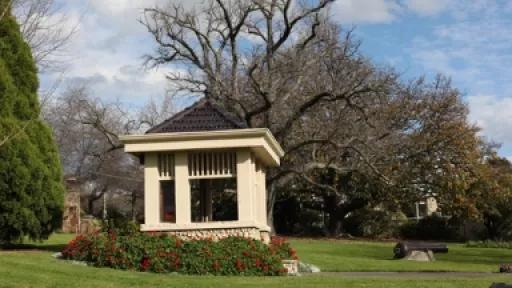
Beckett Park Soldiers Memorial
Located at the apex of Beckett Park, the Balwyn War Memorial was designed by Mr. Edwin Le Leu, a Balwyn builder and contractor and officially opened on 24th May 1919.
Made of marble and concrete, the monument was faced with stone from Briagalong in 1936. Like the Surrey Gardens shrine, the list of names inscribed on the monument was found to be incomplete, and 28 names were added in the years after its opening. Today the names of 176 soldiers and nurses are on the memorial.
Source: Gallipoli and Beyond 2015 event Bus Tour: touchstones to WWI (Sue Barnett)
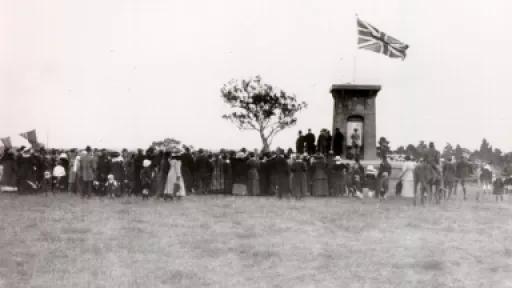
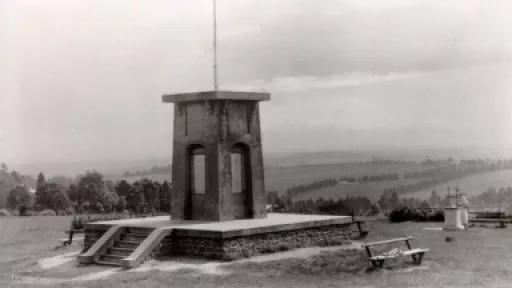
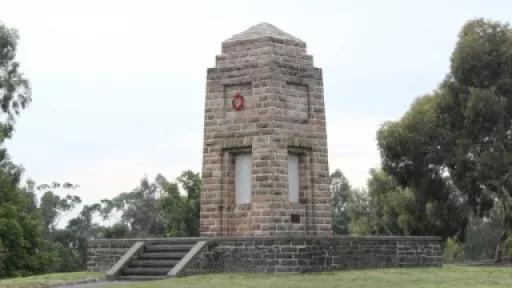
Kew War Memorial
Located near Kew junction shopping precinct in the junction of High Street and Cotham Road, the Kew War Memorial was designed by former Mayor of Kew and notable architect Harry W. Tompkins. Built from granite and marble in a classical style, the memorial was opened in 1925 before a crowd of five thousand people.
The Kew War Memorial was added to the Victorian Heritage Register in 2004 for its architectural, historical and social significance to the State of Victoria. It is still used as a gathering place for ANZAC Day ceremonies today.
The Rotary Club of Kew has launched an online database called 'Kew Remembers', which details information about the people whose names are inscribed on the Kew War Memorial. You can access the database on the Kew Remembers Project website.
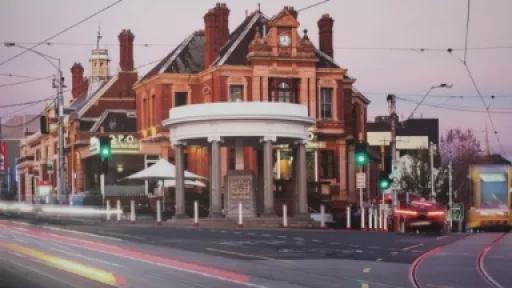
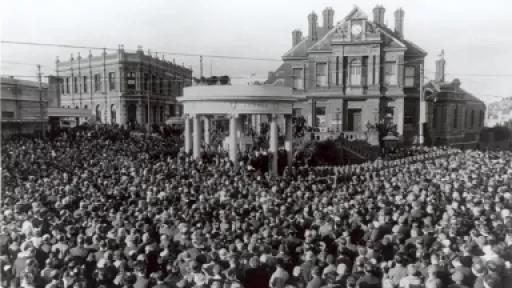
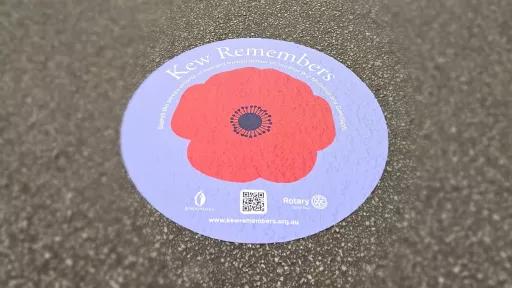
Hawthorn War Memorial in St James Park
The City of Hawthorn invited designs from returned soldiers for a memorial. Malcolm Finlayson - a former lance-corporal of the 38th battalion - submitted the winning design. Hudson & Wardrop were appointed as architects. The coloured-brick obelisk in St James Park was officially opened in 1929.
Nearby, ‘Honour Avenue', the path that wraps around Bowls Club on the eastern edge of the St James Park, is the location where thirty mahogany gums were planted in 1921, marking each of the lives of Hawthorn West Primary School’s ex-students lost in World War I.

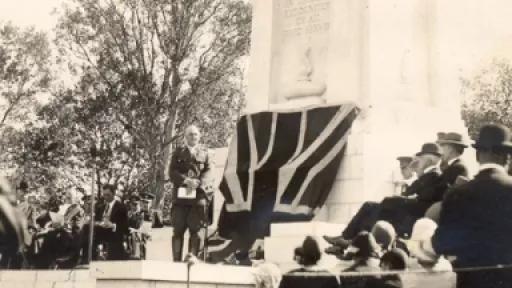
Suggested reading
These local books are all available from our libraries.
- Balwyn War Memorial, by William Pritchard.
- Boroondara remembers: stories of World War I, by Fiona Poulton and Katherine Sheedy; family stories written by Alicia Cerreto and Lucy Bracey.
- A history of Hawthorn, by Victoria Peel, Deborah Zion and Jane Yule.
- Kew War Memorial, by Heritage Council Victoria.
- Legacy in sculptured wood: an appreciation of the work of John Kendrick Blogg, 1851-1936, by Marjorie Morgan.
- Surrey Hills: in celebration of the centennial 1883-1983, by the History Nook group at the Surrey Hills Neighbourhood Centre.
Further material including photos, histories and artifacts are available in the Boroondara Heritage Collection.